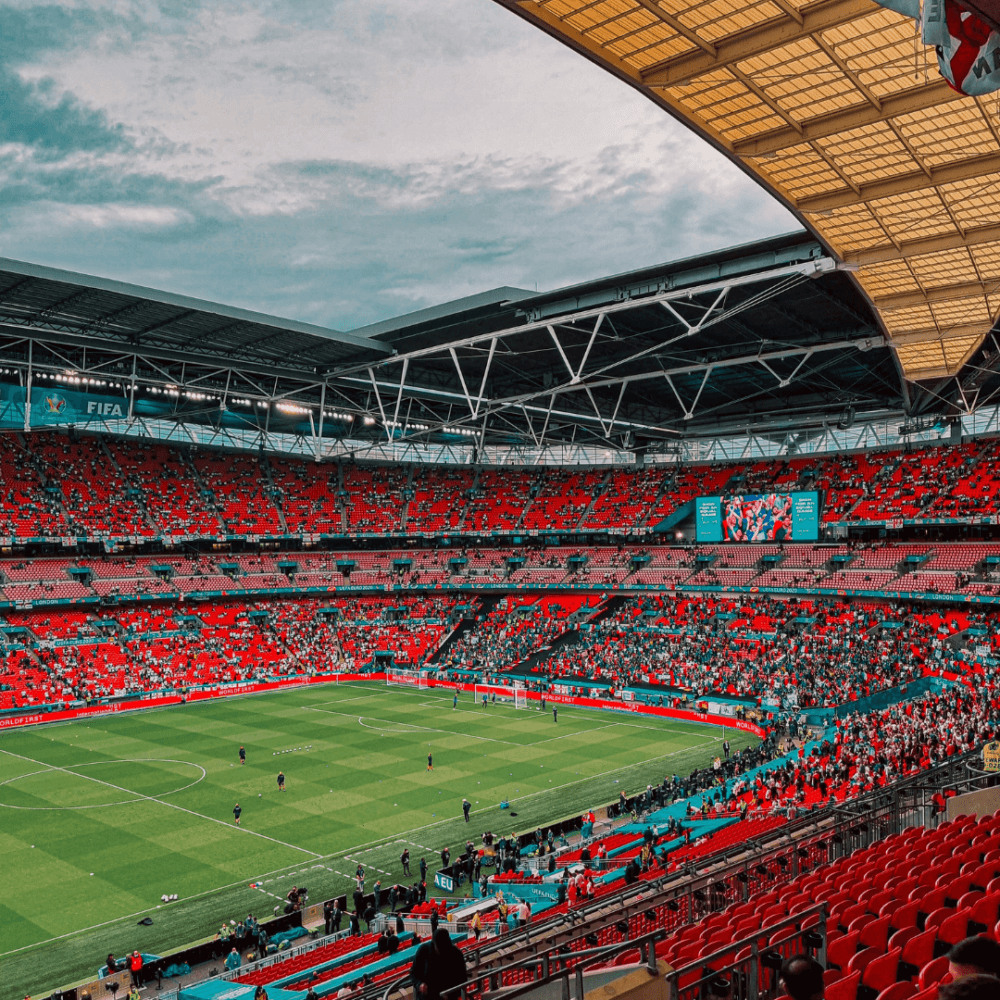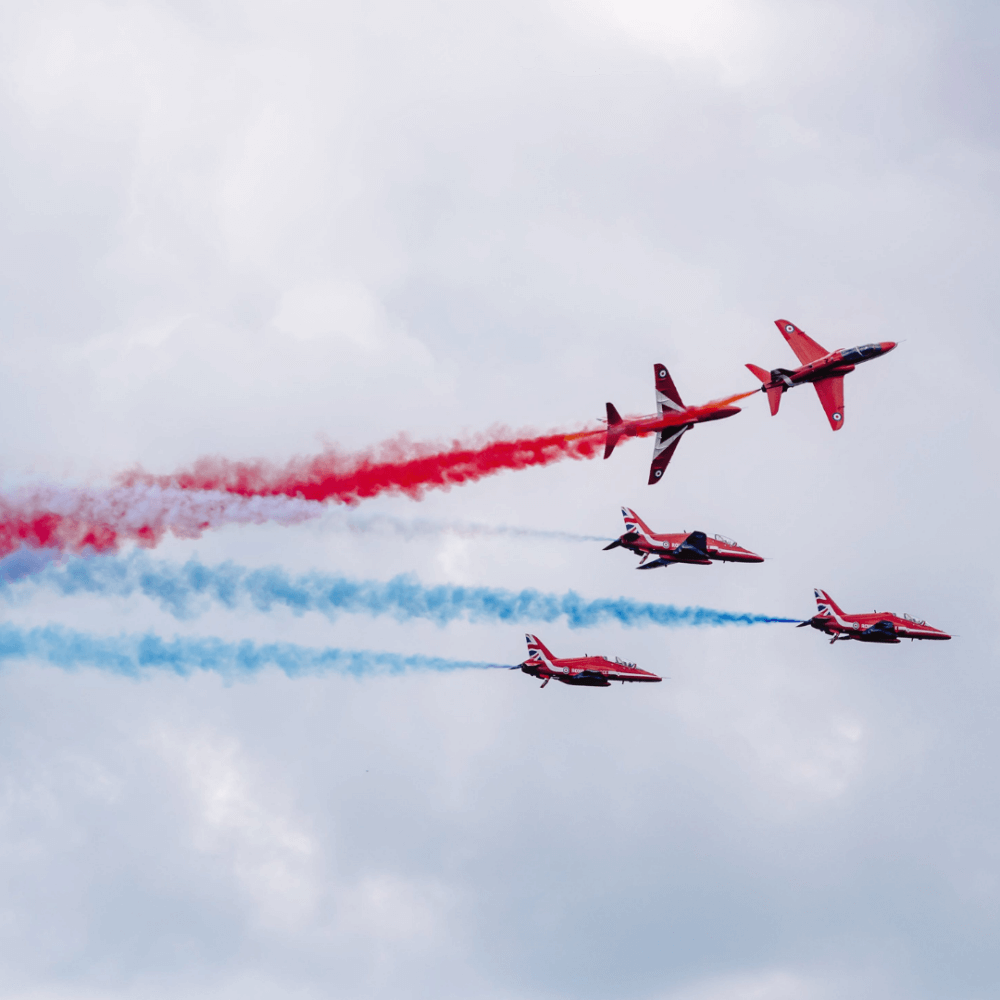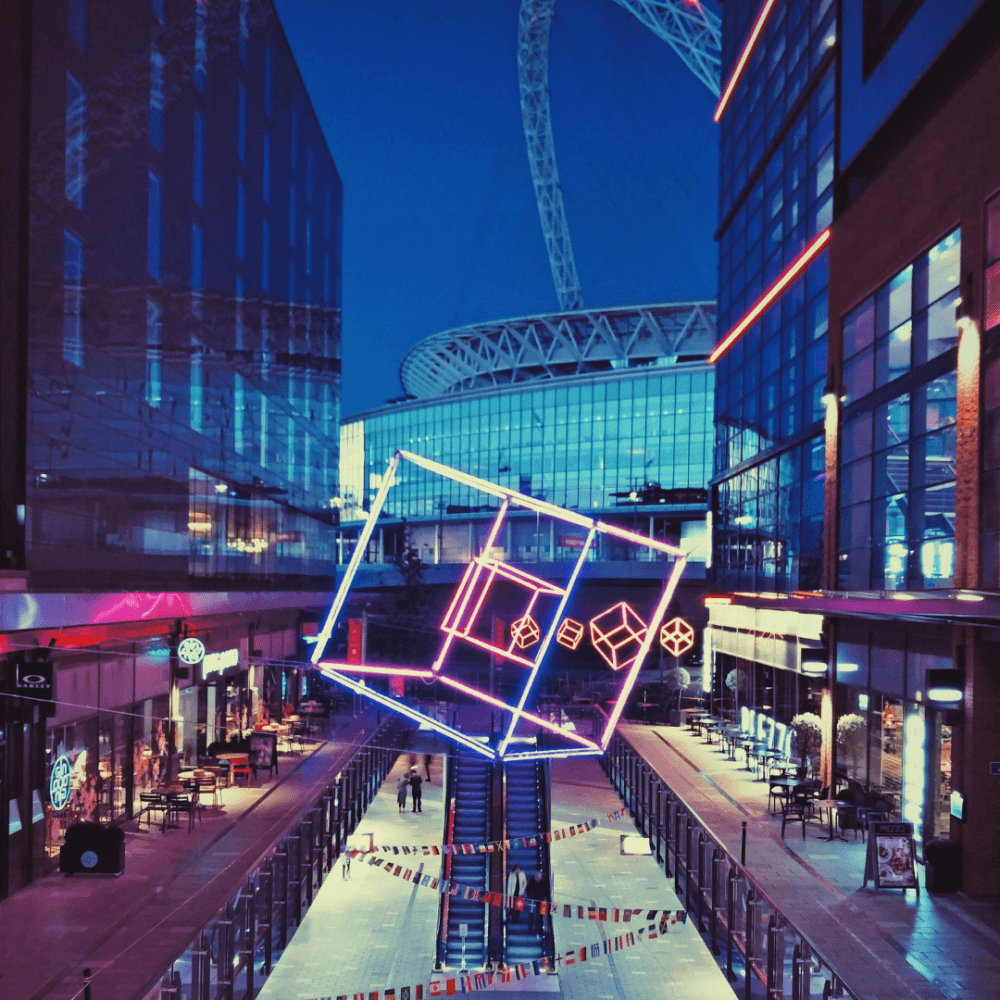Exploring some of Wembley’s rich history!
There’s so much history to see and explore around Wembley so we hope you enjoy learning about some places to go!

Throughout the years, Wembley has become a home to many communities and continues to embrace a wide variety of traditions. Today, Wembley thrives as a dynamic, multicultural neighbourhood, home to not only the renowned stadium but also vibrant cultural events and historical landmarks.
Wembley Stadium
No history of Wembley would be complete without mentioning its world-famous stadium. Located in northwest London, Wembley holds a vibrant history steeped in dynamic growth and culture! Wembley originally began as farmland and transitioned through urbanisation in the 19th century, emerging as a hub of progress. This was notably marked by the arrival of the railway and the British Empire Exhibition of 1924-1925 in Wembley Park.
The original Wembley Stadium, known as the Empire Stadium, was constructed in exactly 300 days in 1923 and rebuilt in 2007. It has hosted prestigious events like the 1948 Summer Olympics and England’s 1966 World Cup victory, continuing to stand as a renowned global sporting hub today. Over the years, it has become an iconic venue for sports, concerts, and historic events. The Twin Towers, a symbol of the stadium, stood tall until its redevelopment in the early 2000s, giving rise to the modern Wembley Stadium we know today!

Bentley Priory Museum
Another great historic location with ties to Wembley’s rich history is The Bentley Priory Museum in Stanmore, northwest of London. It is situated within Bentley Priory, a Grade II listed country house with significant historical importance. The museum focuses on the pivotal role Bentley Priory played during the Battle of Britain in World War II. The house served as the headquarters of Fighter Command, where Air Chief Marshal Sir Hugh Dowding and his team orchestrated the air defence strategy against German air attacks.
With flexible opening hours between October to February and extended hours from March to September, the museum offers a journey through interactive exhibits, artifacts, and archival materials, enlightening visitors about the courageous efforts during wartime. Admission is hassle-free, with no pre-booking required; simply arrive and explore.

St. Andrew's Presbyterian Church
Another building intertwined with Wembley’s rich history was St. Andrew’s Presbyterian Church. Located within the heart of Wembley, the church dates back to 1904, showcasing a beautiful red-brick façade, to the design of Thomas Collcutt and Stanley Hemp, in a style strongly influenced by the arts and crafts genre. During this period, St. Andrew’s swiftly became a cornerstone, providing community and spiritual steering to residents amidst the expansion of Wembley.
As Wembley developments advanced, the church stood vacant for 15 years and was gravely neglected and not suitable for occupation. However, in 1993, the Masjid committee set about trying to restore the building with some urgency, in order that it could be used by the local community as a place of worship, connecting the threads of the community’s past and gift for generations. Today, it stands as The Original Wembley Central Mosque and welcomes communities and celebrates tradition across northwest London.

King George V Memorial Gardens
Located at the north end of Canons Park in Stanmore lies the scenic King George V Memorial Gardens, an integral part of the park’s historical heritage. Once belonging to the priory of St. Bartholomew in London’s Smithfield district, Canons Park transitioned through various ownerships, ultimately falling under the Duke of Chandos. The memorial garden, previously a segment of the duke’s kitchen gardens, underwent a transformation upon the park’s public opening in the 1930s.
Redesigned for visitors, the garden features evergreen trees, a central square pool encompassed by a raised terrace, formal flower beds, and an inviting pavilion. The incredible restoration of both the garden and the park in 2007, supported by the Heritage Lottery Fund, revitalise this historical landmark.

Regeneration and Modern Wembley
In recent years, Wembley has undergone significant urban regeneration, with modern developments enhancing its appeal. The London Designer Outlet, Wembley Park’s transformation, and ongoing projects contribute to a dynamic blend of the old and the new. Wembley’s skyline, once dominated by the stadium, now reflects a diverse mix of residential and commercial spaces, opening new doors for all who live there!
As we navigate the history of Wembley, from its agricultural roots to the global stage of the Wembley Stadium, we uncover a neighbourhood that has embraced change while cherishing its heritage. Today, Wembley stands not just as a destination for world-class events but as a vibrant community, a testament to the resilience and adaptability that defines this remarkable area! While Wembley is renowned for its modern facilities, these historic buildings stand as reminders of the area’s rich culture, blending tradition with modern vibrancy. Exploring these landmarks offers a glimpse into Wembley’s development over the years and we are lucky to have such a vibrant place to call home!

We hope you enjoyed learning about some of the history of Wembley, a place renowned for its cultural significance and iconic sporting events. There’s so much to discover, so why not have a look around and explore what’s on your doorstep!
And if you’d like to know more about the services we provide, including home care in Wembley, don’t hesitate to give us a call at 0208 022 4590 – we’d be delighted to share the ways we can support your loved ones and help you explore some of the historic landmarks we have discussed here.